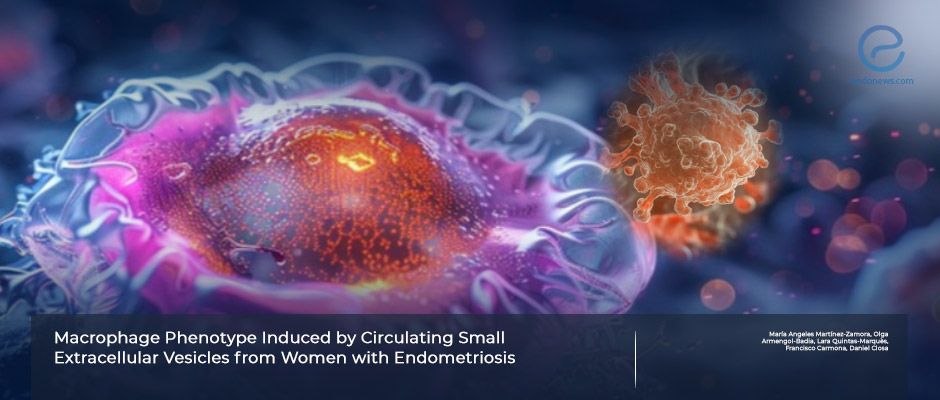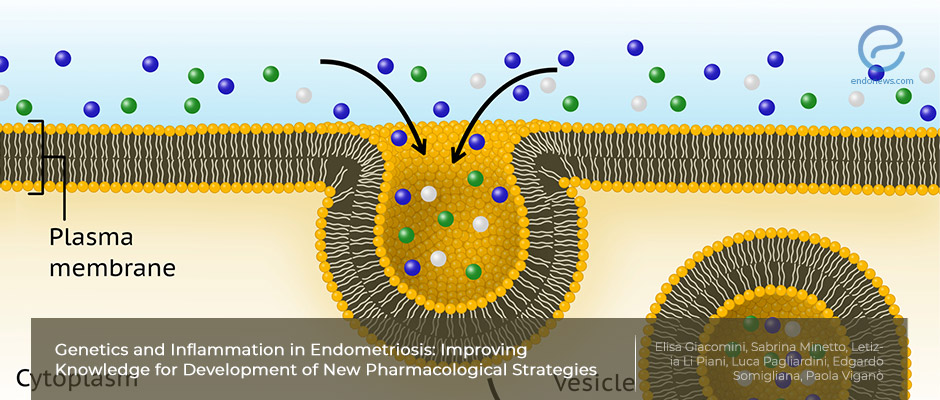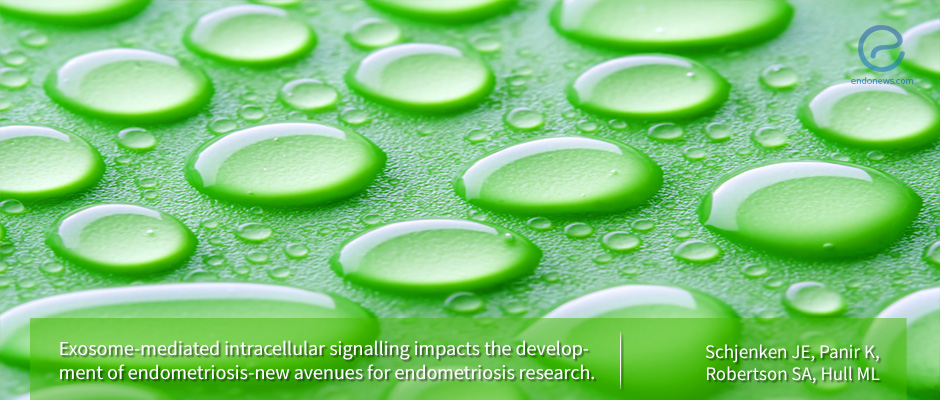Endometriosis Immunopathology: The Macrophage Connection
Macrophages and tiny signaling particles called extracellular vesicles (EVs) are emerging as central immune players in how endometriosis develops and persists. Together, they shape the immune environment around endometriotic lesions, helping them survive, spread, and resist the body’s defenses. In…
Key Points Lay SummaryMacrophage Phenotypes Induced by Circulating Extracellular Vesicles in Endometriosis
In a study published in the Biomolecules, Martínez-Zamora et al. investigated the potential effect of circulating sEVs in the plasma of well-characterized patients with endometriosis on macrophage phenotype. This study explores how sEVs, which are tiny particles found in the blood of women…
Key Points Lay SummaryInflammatory and genetical background of endometriosis may yield new therapeutic approaches
Elisa Giacomini and colleagues from medical centers in Milan, Italy have published their review manuscript on the inflammatory and genetical pathogenetic background of endometriosis in a recent issue of “International Journal of Molecular Sciences”, suggesting also new therapeutic approaches. The inflammatory…
Key Points Lay SummaryExosome: a new avenue for endometriosis research
Endometriosis affects 10% of reproductive-aged women. The pathophysiology of this disease remains mysterious, with a lack of effective biomarkers necessitating surgical intervention for diagnosis. This creates an urgent need for accurate noninvasive diagnostic tests and the identification of effective therapeutic…
Key Points Lay Summary
 By Ayse Ayhan
By Ayse Ayhan


 By Nasuhi Engin Aydin
By Nasuhi Engin Aydin

 By Dr. Youngran Park
By Dr. Youngran Park